Known by the PRR as the Columbia Branch, the double track line ran from Lancaster on the original Philadelphia and Columbia route, before running up the east bank of the Susquehanna River all the way to Harrisburg. Mirroring the line on the west side of the River the Columbia Branch ran in a 2+2 configuration between Royalton and Harrisburg including a duckunder at Middletown to get it on the proper side of the mostly passenger Main Line from which to access the Harrisburg Relay Yard. So ingrained was the separation of these two logical "lines" that ROY interlocking was left to control signals only with a tender having to throw the switches by hand

Change came to the Columbia Branch in the late 1957. With traffic levels falling there was no need for a two-track freight line on each side of the river so even the mighty PRR was forced to economize, changing a plain Jane two track Rule 251 line into a single track Rule 261 line. ROY interlocking was rebuilt with remote control to STATE tower and at the southern end the former westbound track was converted into a 2.3 mile long passing siding, which two this day is the only one on the line. The west end of the siding was capped by a new interlocking named JEB with control integrated with the existing US&S CTC machine at COLA. Three unit levers were added onto the SHOCKS end of the machine, 120 for the signals, and 119 for the single switch. Traffic was worked from STATE via the 16 traffic lever on the ROY machine.
While the interlocking is considered unresignaled, NS did take the step of removing the Stop and Proceed marker from the westbound high signal in an effort to simplify the CTC logic.
The exit dwarf is of the rare left handed type. These were common on 1930's PRR interlocking prokects, but were redesigned sometime thereafter to make the Restricting \ smaller than the Slow Approach /.
Another difference of the modern design is the use of two small access panels on the sides of the dwarf unit as opposed to a single removable rear housing.
Another unique feature of CP-JEB is that it is a "cabinet interlocking" as opposed to the much more common "hut interlocking". This is another cost saving measure where relay cabinets are used for vital interlocking logic as opposed to full relay huts or bungalows. In the 1950's CTC relay huts were either cast concrete or some other form of constructed house. Use of field cabinets shows the economies of the project.
Part of the original CTC pole line is either still in use or at least not torn out yet. The 1938 electrification project would have replaced the open wire pole line with the naturally wrapped bundled style seen here.











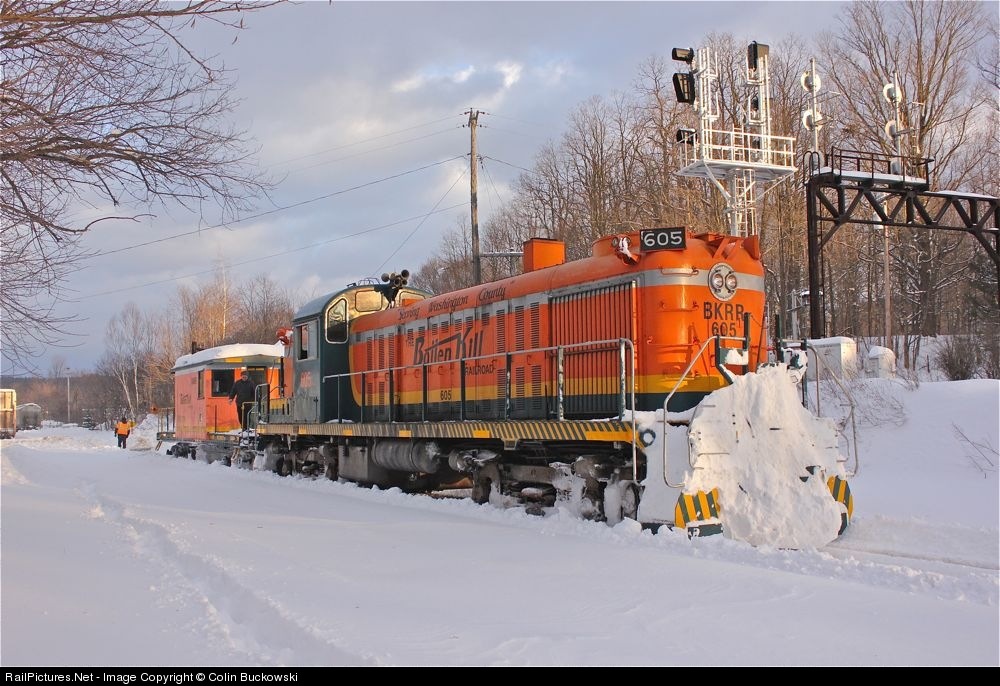

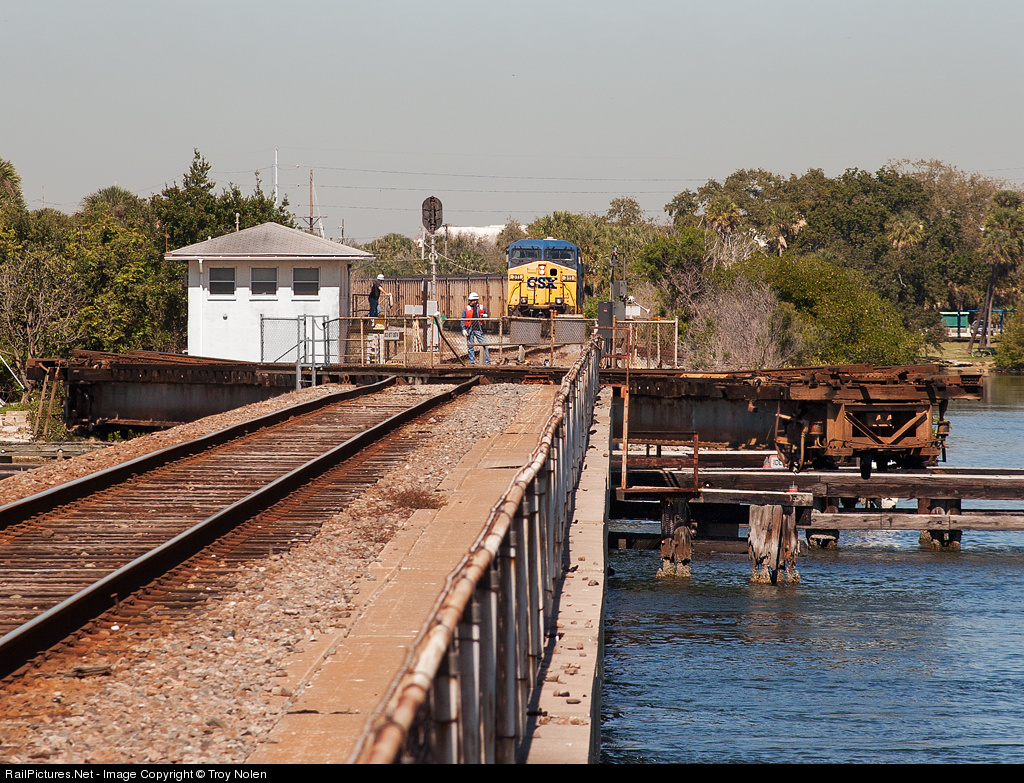
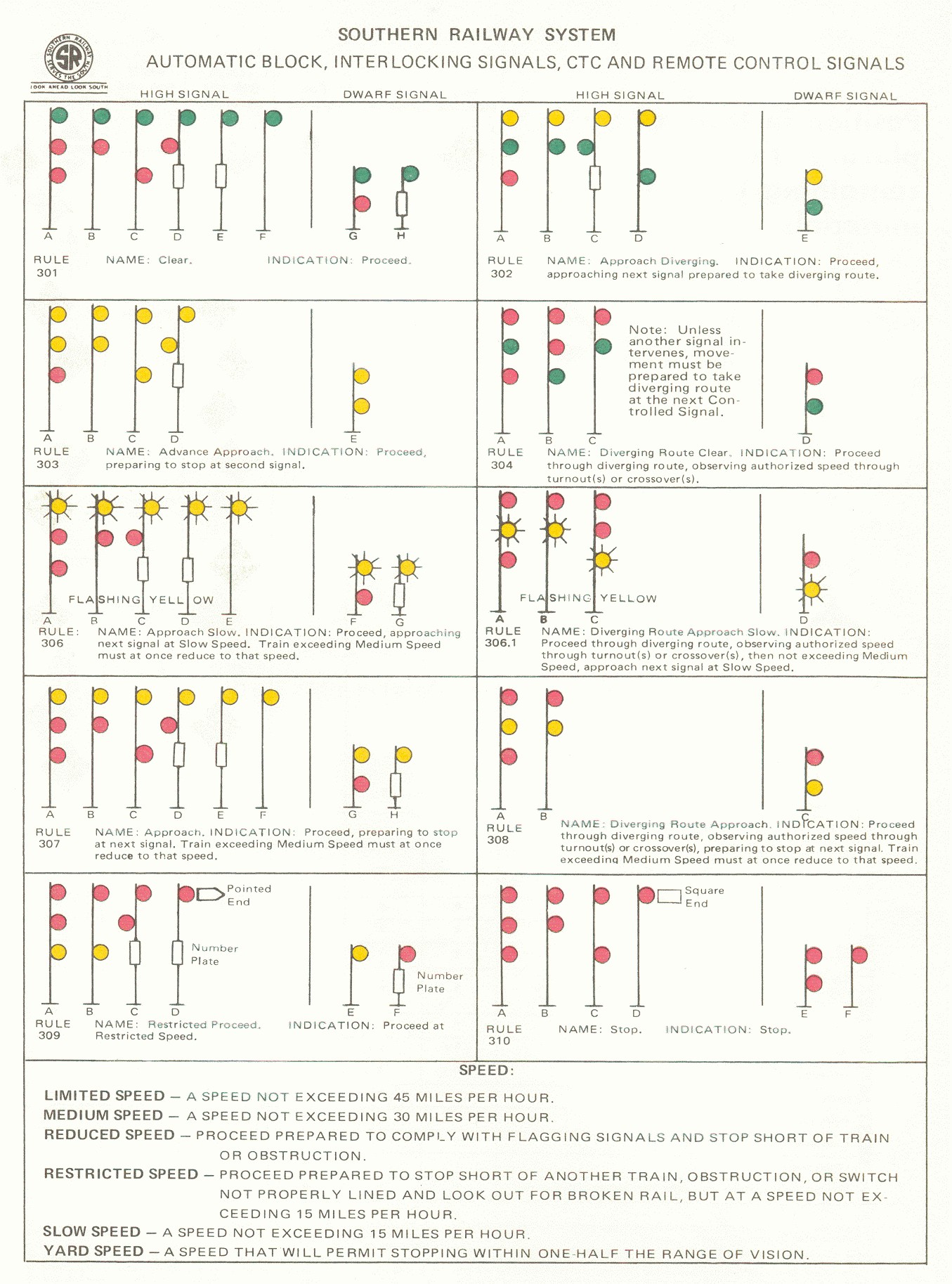


a.jpg)

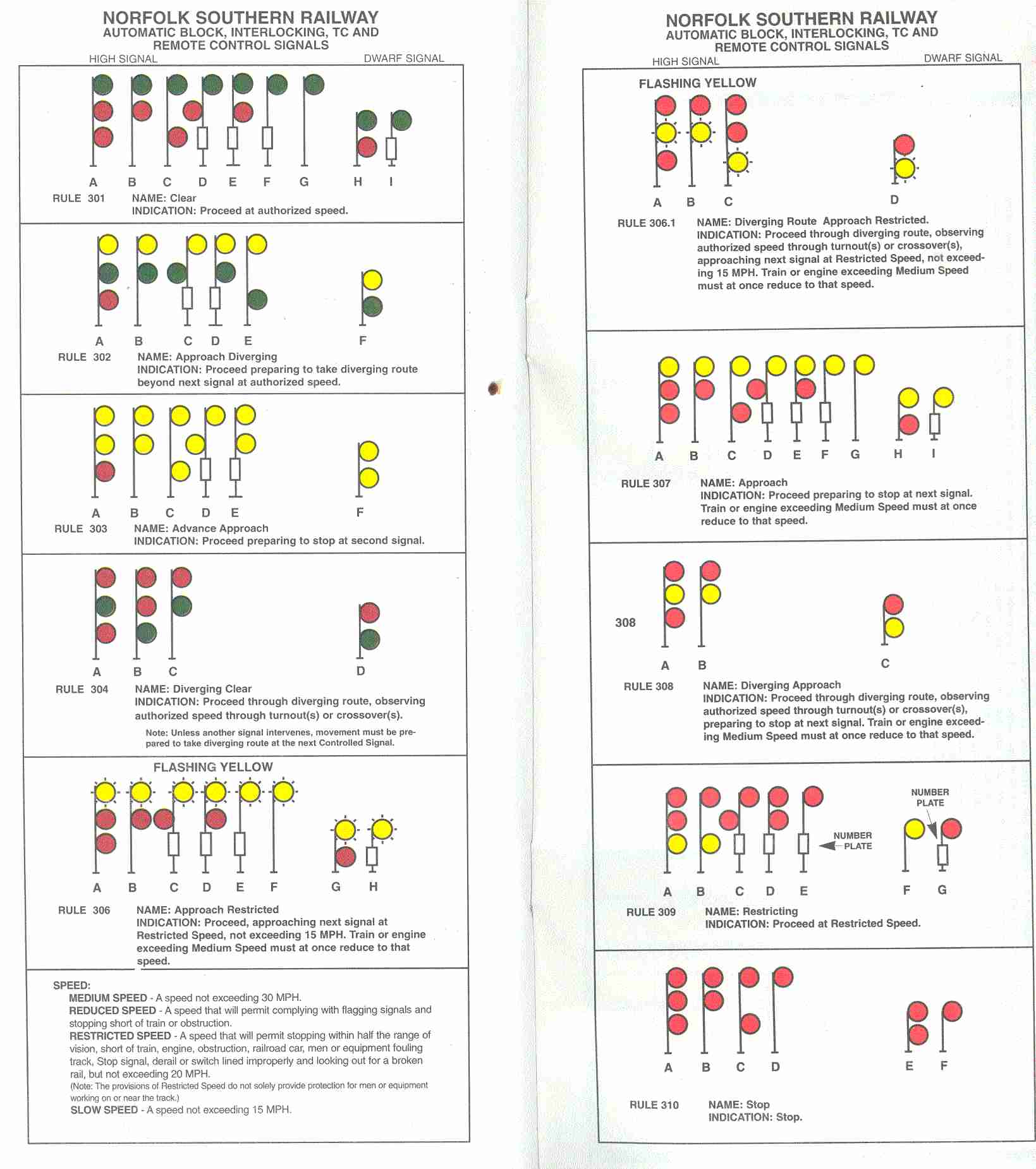


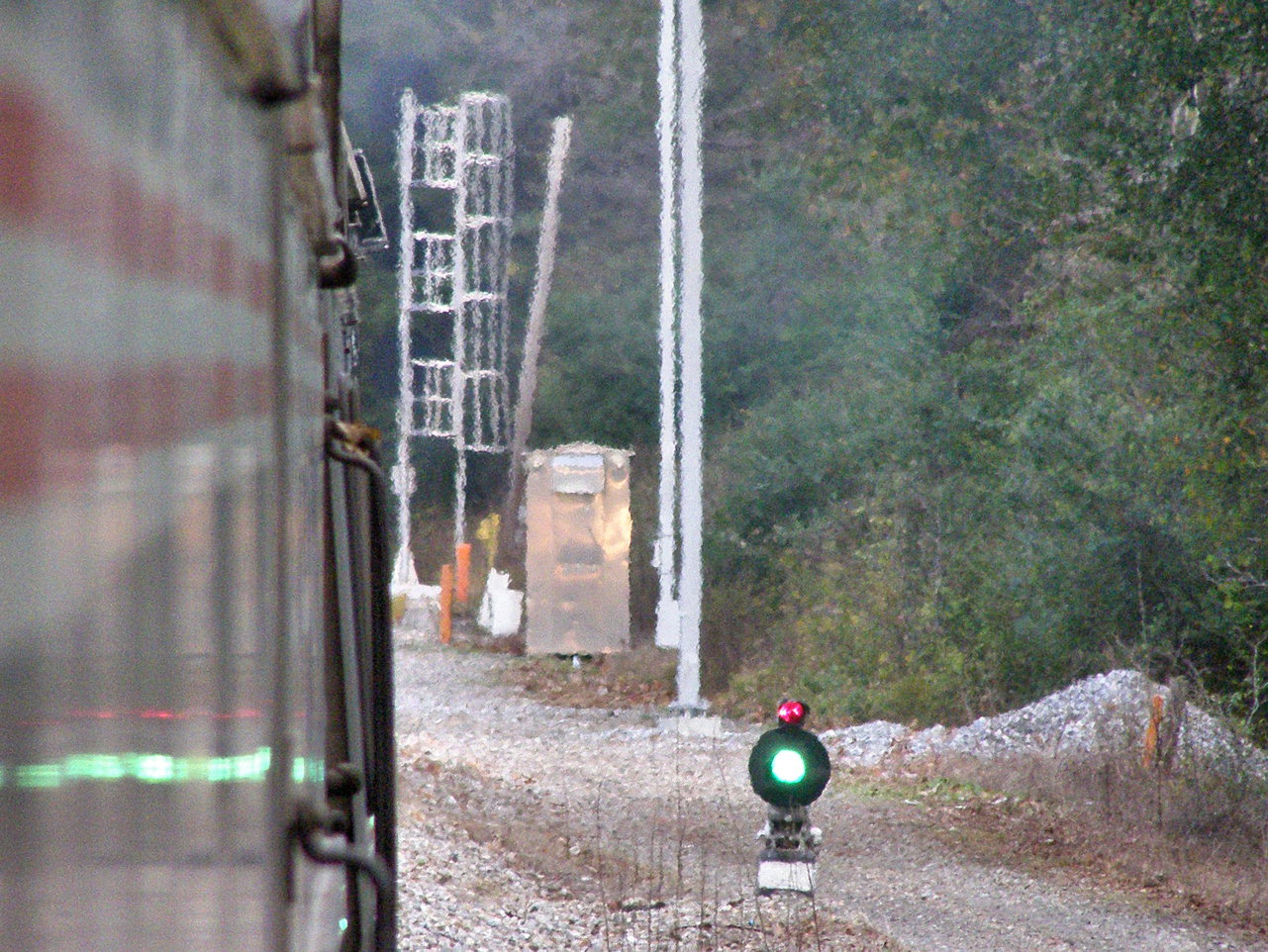
.jpg)
.jpg)

